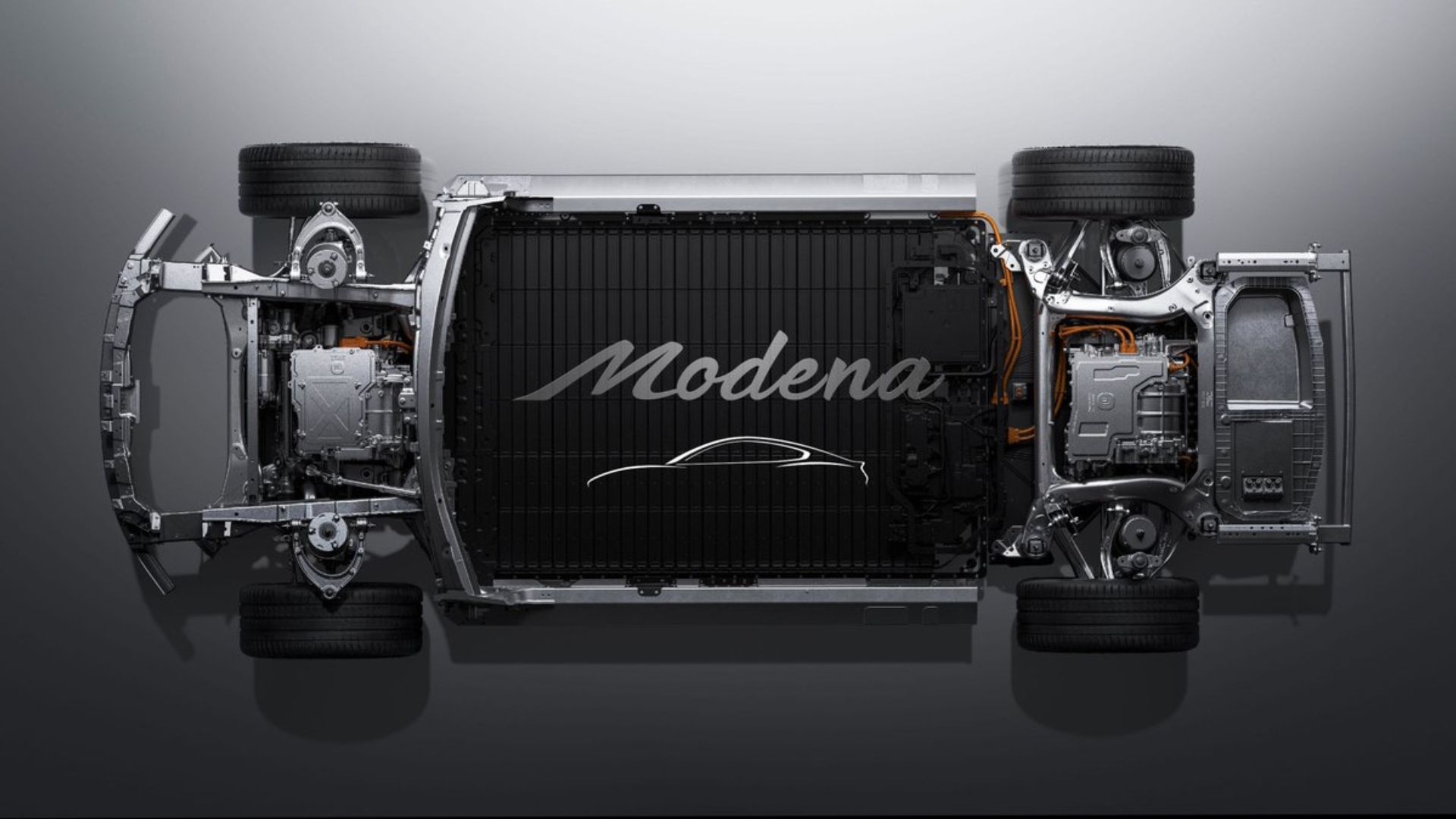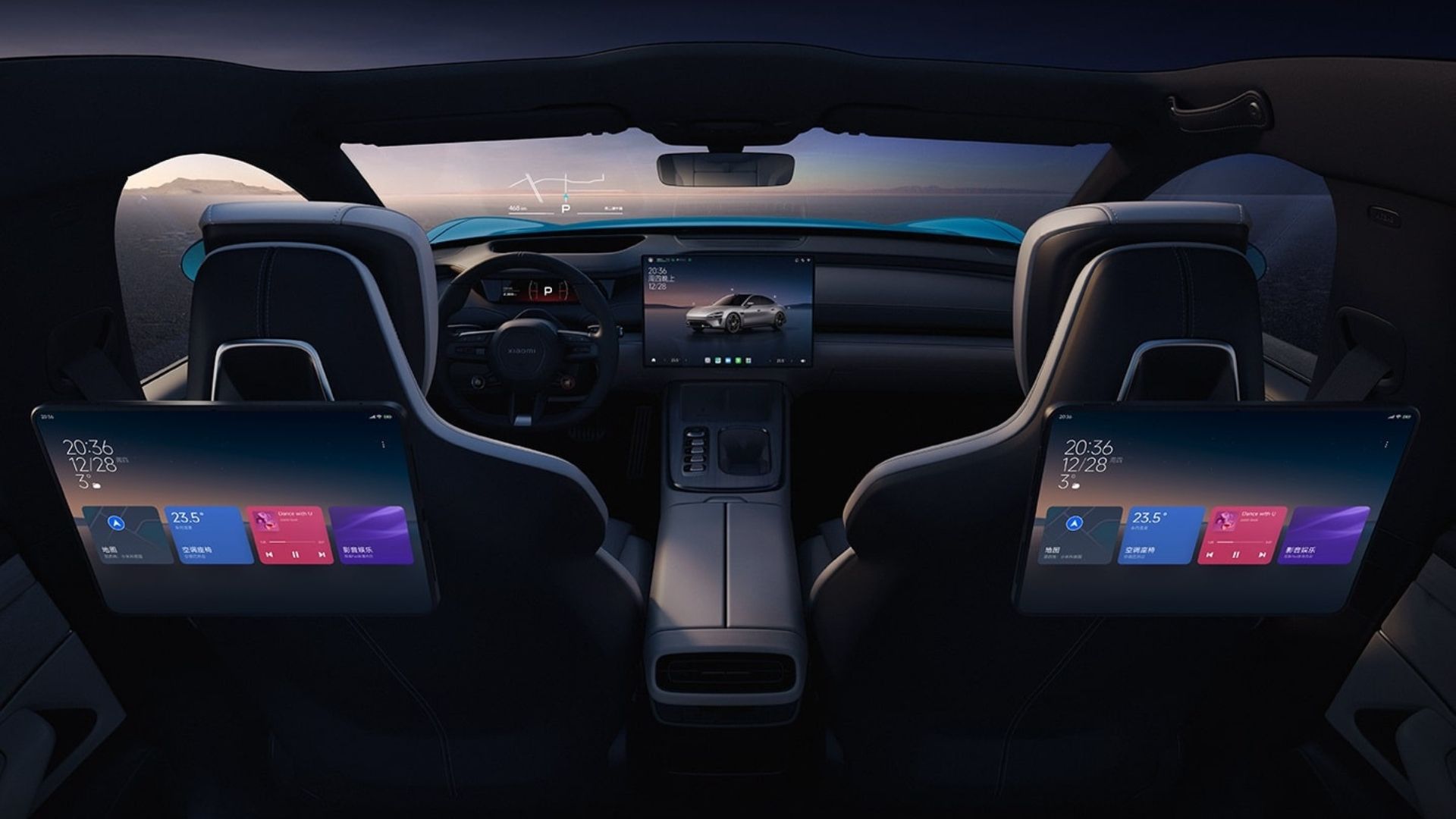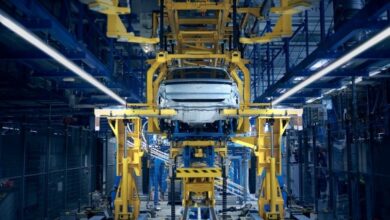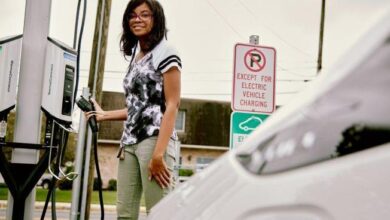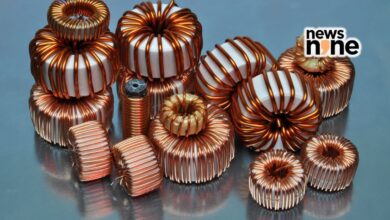An Affordable Electric Car That America Can’t Have
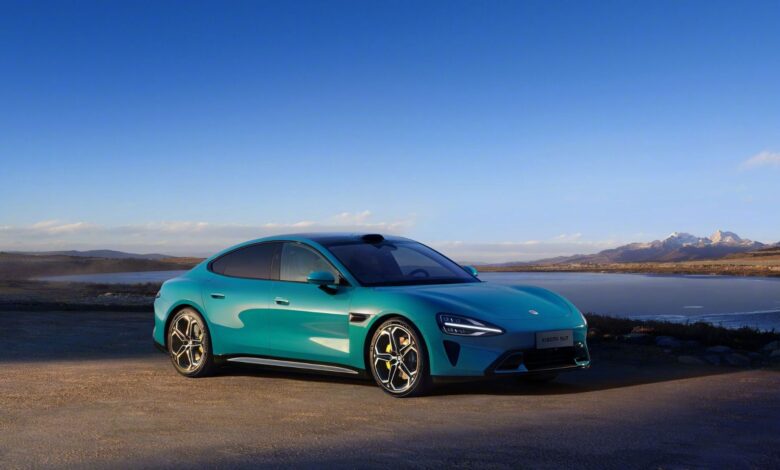
The Xiaomi SU7 was released earlier in 2024, and has already proven to be a hit in its domestic market in China. All 88,000 cars for the 2024 model year have sold out. The Xiaomi SU7 starts from the equivalent of $30,000 (219,000 Yuan). The Chinese tech company’s debut EV offers a range of up to a claimed 497 miles and 664 horsepower.
In terms of tech, a bespoke Xiaomi operating system underpins things, and the firm has developed a highly advanced automated driving system called Xiaomi Pilot. The software allows for self-driving, self-parking, and car-summoning features. Yet for all of its promise, the Xiaomi SU7 will not be sold in the United States. This is due to the Biden administration’s recent introduction of a 100 percent tariff on EVs from China; a decision that has drawn criticism from Tesla‘s Elon Musk and Polestar‘s Thomas Ingenlath.
The potential to disrupt the current status quo in the EV market, by offering a respectable range at a significantly lower price point than its rivals. Alongside not being sold in the U.S., Xiaomi has yet to announce whether the car will go on sale in Europe. Nonetheless, Xiaomi CEO, Lei Jun, believes the company will become one of the world’s five largest car manufacturers within the next 15 to 20 years.
To give you the most up-to-date and accurate information possible, the data used to compile this article was sourced from Xiaomi and other authoritative sources, including Reuters, Breugel, and China Car News.
10 Fast Facts You Need To Know About The Xiaomi SU7 EV
The Xiaomi SU7 looks to be the first true smartphone on wheels, ushering in a new future for electric vehicles and sustainable transportation.
The Xiaomi SU7 Is Built On The Modena Platform
The Xiaomi SU7 is the Chinese tech company’s first foray into the world of carmaking. Built upon Xiaomi’s ‘Modena’ platform, the SU7 can support 400 and 800-volt batteries, as well as single and twin-motor configurations. Xiaomi’s debut EV has a drag coefficient of 0.195 Cd, a new EV industry-standard besting the Lucid Air’s 0.197 Cd. With a starting price of 219,900 Yuan (for the entry-level, single motor car, and 245,000 Yuan for the twin-motor flagship Max trim, Xiaomi sold all of its 88,000 SU7s for the 2024 model year within hours of its launch in Beijing earlier this year.

What Joe Biden’s New China Tariffs Mean For The North American EV Industry
US President Joe Biden cracks down on Chinese imports by hiking up tariffs on specific products. What does this mean for the North American EV market?
A CLTC-Estimated 497 Miles Of Range
The Xiaomi SU7 is offered with three battery options. The entry-level model receives a 73.6-kilowatt-hour unit supplied by fellow Chinese carmaker, BYD, offering a 415-mile range on the China Light-Duty Vehicle Test Cycle (CLTC). The mid-range SU7 Pro has a 94-kilowatt-hour battery from Chinese firm CATL, who supply batteries to Tesla. Meanwhile, the SU7 Max flagship packs a 101-kilowatt-hour Qilin NMC CATL battery.
Up To 664 Horsepower
The entry-level trim Xiaomi SU7 has a rear-wheel drive driveline powered by the Chinese brand’s 400-volt V6 HyperEngine (an utterly misleading name), which returns 295 horsepower and 295 pound-feet of torque. Its top speed is 130 miles per hour, with a 0–60 mph time of 5.3 seconds. The mid-tier SU7 Pro offers a 0-60 mph time of 5.7 seconds. The flagship SU7 Max is driven by a combination of the 295 horsepower HyperEngine V6 and 369 horsepower HyperEngine V6s motors for a total output of 664 electric horses, and 664 pound-feet of torque.
Xiaomi SU7 Performance Specifications
|
Xiaomi SU7 |
Xiaomi SU7 Pro |
Xiaomi SU7 Max |
|
|
Powertrain |
Single-Motor |
Single-Motor |
Dual-Motor |
|
Horsepower |
295 HP |
299 HP |
664 HP |
|
Torque |
295 Pounds-Feet |
299 Pounds-Feet |
664 Pounds-Feet |
|
Transmission |
Single-Speed Automatic |
Single-Speed Automatic |
Single-Speed Automatic |
|
Driveline |
RWD |
RWD |
AWD |
|
Battery |
74-kWh Lithium-Ion Blade (supplied by BYD FinDreams) |
94-kWh Lithium-Ion Shenxing (supplied by CATL) |
101-kWh Lithium-Ion Qiling (supplied by CATL) |
|
Range (CLTC) |
434 Miles |
515 Miles |
497 Miles |
|
0-60 MPH |
5.3 Seconds |
5.7 Seconds |
2.8 Seconds |
|
Top Speed |
130 MPH |
130 MPH |
165 MPH |
|
MSRP |
215,900 Yuan ($29,800 USD) |
245,900 Yuan ($33,900 USD) |
299,900 Yuan ($41,300 USD) |
With a 0-60 time of 2.8 seconds and a top speed of 165 mph, the Xiaomi SU7 Max is quicker than the Audi e-tron GT in a straight line and a top end. Xiaomi has announced that in line with naming its electric motors after Internal Combustion Engine (ICE) power units, it will release a 570 horsepower V8 HyperEngine by 2025, which spins at 27,200 RPM; an increase of 6,200 RPM over the V6 and V6s. Appropriately, Xiaomi has confirmed that the ‘SU’ in the car’s moniker stands for “Speed Ultra.”
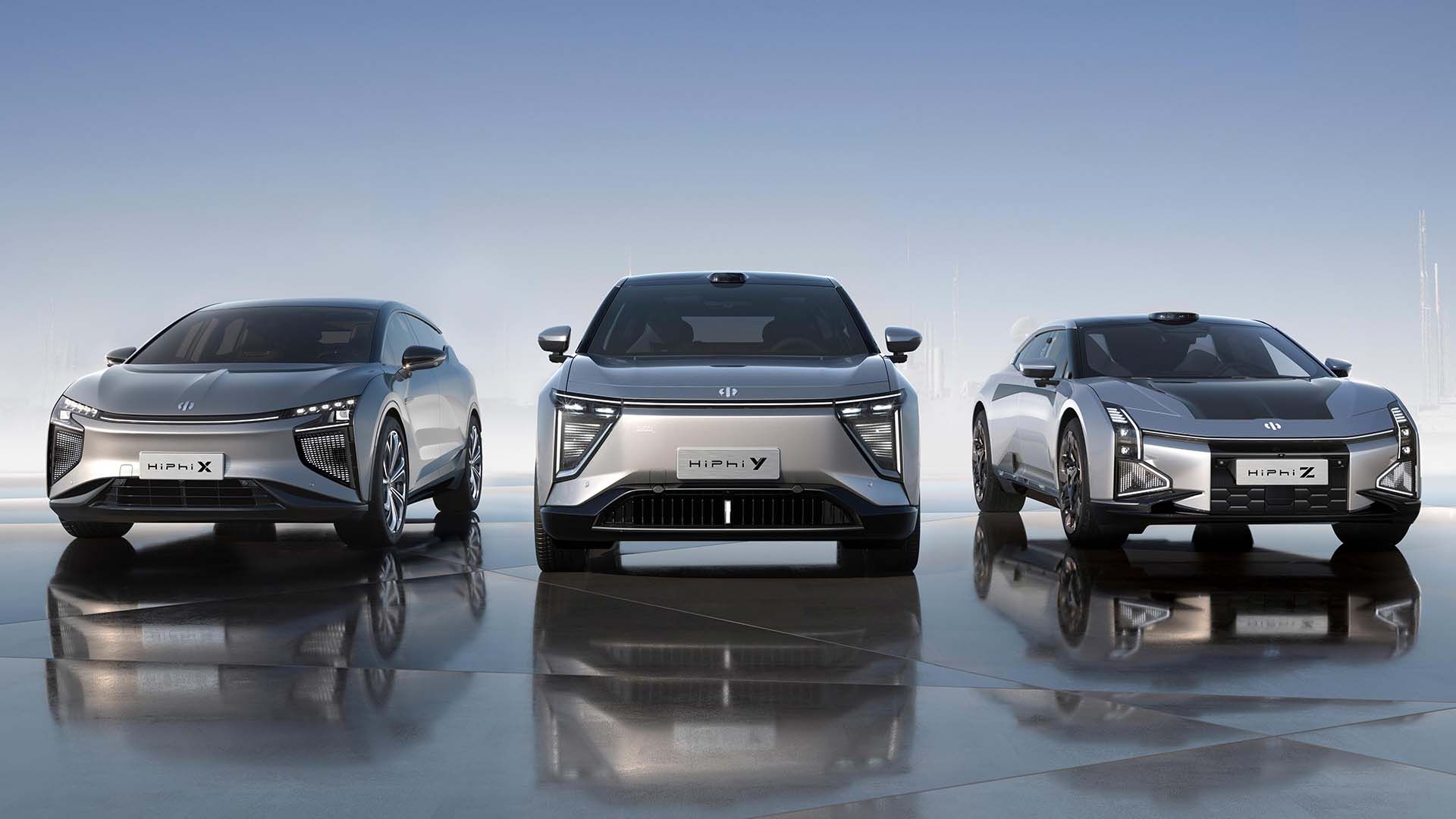
Here’s Why China Has Significantly More EV Models Than The U.S.
The United States has far fewer EV choices than China, so how did China end up having so many EVs than anywhere else in the world?
Snapdragon-Based Interior
The Xiaomi SU7’s interior is dominated by a rotating 16.1-inch, 3K-ready screen in the dashboard’s center, plus a 56-inch HUD for the driver. The car runs on Xiaomi’s HyperOS, the same system used to underpin its ‘Mi’ smart devices. This allows for seamless integration with Xiaomi products akin to the Google automotive OS in Polestar’s lineup, or Tesla’s in-house developed software. Snapdragon powers HyperOS, and it is built around the following four pillars: End-to-End Security, Cross-Device Intelligent Connectivity, Comprehensive Refactoring, and Proactive Intelligence. Screens embedded into the rear seats are also an option for rear occupants.
Apple Compatibility Throughout
Xiaomi stated that 51 percent of its customers are Apple users. With that in mind, iPhones and iPads can be mirrored on the car’s screens thanks to the Chinese carmaker’s use of an integrated adapter. The Xiaomi SU7 is also compatible with Apple CarPlay and Android Auto.
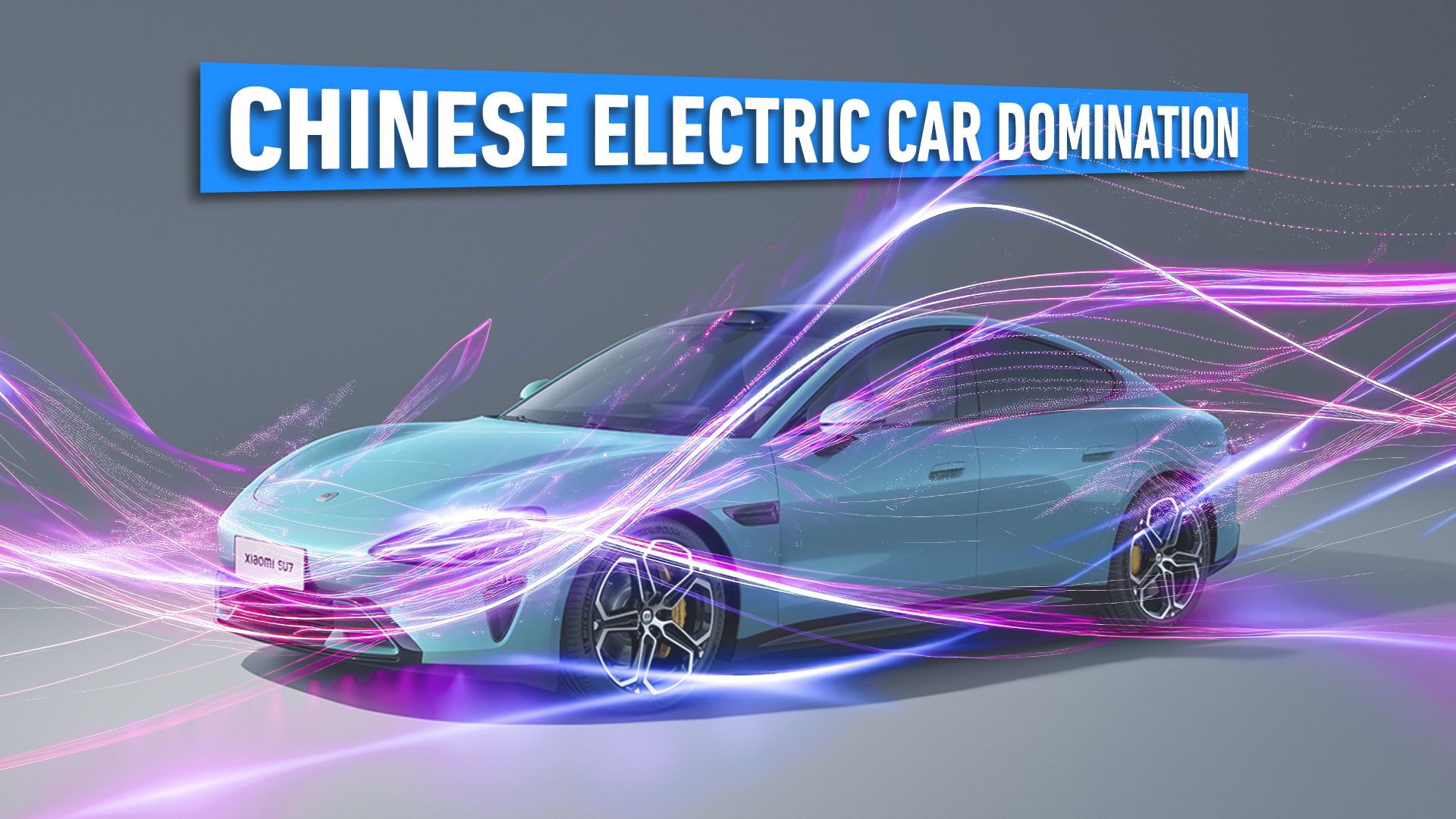
How Chinese Automakers Are Trying To Dominate The Electric Car Market
China’s hard work and determination is paying off as it becomes the undisputed electric car industry leader.
Xiaomi Pilot Underpins SU7 Safety
Like the rest of the car, the SU7’s safety features are tech-heavy and its Automated Driving System (ADAS) is an in-house developed system named Xiaomi Pilot. Built on two Nvidia Orin-X chips with 508 TOPs computing power, Xiaomi Pilot receives input from one lidar, 11 HD cameras, and 12 ultrasonic radars. The ADAS also boasts highway driving, self-parking features, and car summoning. By the end of 2024, an automated city driving feature will be available in 100 cities across China.
Xiaomi SU7 Safety Features
- Self-driving
- Self-parking
- Car summoning
Why Xiaomi SU7 Isn’t Coming To The United States
In May 2024, U.S. President, Joe Biden, announced that his administration would increase tariffs on Chinese EVs from 25 percent to 100 percent. The decision was taken to support the U.S. car industry, and foster a domestic green tech sector in the United States. Alongside tariffs on Chinese EVs, additional fees on imports from China include a rise from 25 percent to 50 percent on semiconductors, a 25 percent to 50 percent jump on solar cells, and a 7.5 percent to 25 percent increase on electric vehicle batteries.
Tesla CEO, Elon Musk, slammed the Biden administration’s decision, saying the following: “neither Tesla nor I asked for these tariffs. In fact, I was surprised when they were announced. Things that inhibit freedom of exchange or distort the market are not good.” His counterpart at Polestar, Thomas Ingenlath, was just as critical, adding “there is a certain erraticness that comes with going from one day to the next to 100 percent tariffs.”
U.S. Trade Embargo On Chinese Goods
The outcome of the U.S. presidential election in November 2024 is unlikely to see the tariffs on Chinese EVs lifted. Biden’s predecessor, President Donald Trump, has stated that if re-elected, he will impose more tariffs on Chinese goods imported to the United States. The tariffs on Chinese imports were introduced by Trump in 2018 as part of his “America First” economic policy, aimed at reducing the US trade deficit by shifting trade policy from multilateral free trade agreements to bilateral trade deals.
